I would like to introduce in detail the culture method of money tree and the function of fengshui.
The money tree is an ornamental leaf culture plant that can be cultivated for many years and remains green all the year round. it is native to tropical Africa and is now cultivated all over the world. The main cultivation method of the tree is to select the cultivation basin soil, control the culture temperature, appropriate sunlight, timely watering and fertilization, and do a good job in the prevention and control of diseases and insect pests. Then, what is the specific method of breeding money?
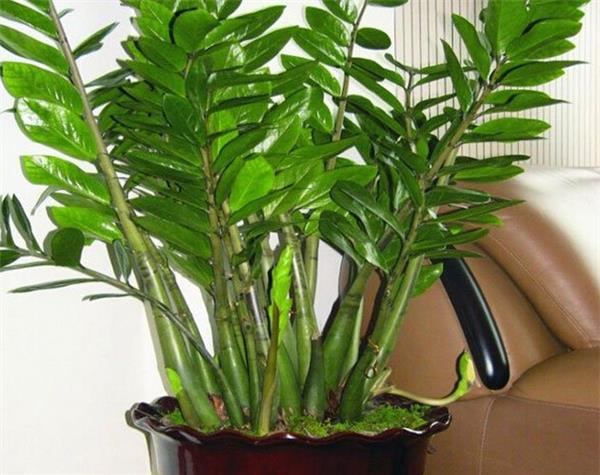
1. Selection elements of basin soil.
The basic requirement of planting soil is good permeability, and peat, coarse sand or washed cinder mixed with a small amount of garden soil are often used as cultivation medium. Artemisia mandshurica has large tubers, developed roots and long pinnately compound leaves, so we should observe more in the growing season and change the pot and change the soil in time according to its growth. In addition, if the phenomenon of stagnant water in the basin occurs, turn the basin and change the soil in time.
2. Temperature control of culture
The normal growth temperature is 2532 ℃, too high or too low is not conducive to the growth of the tree. If the tree is over 35 ℃, it will stop growing, and if it is less than 5 ℃, it will suffer frost damage. It is better to keep it between 8 ℃ and 10 ℃ in winter, which is more safe and reliable.
3. Light utilization
Artemisia mandshurica is a kind of culture which is light-loving and shade-tolerant. A sunny and shady environment should be created for it in the process of culture. Like all indoor flower farming, the cultivation of money trees also avoid strong sun exposure and direct exposure, especially after rain and sunshine in early summer and around noon in summer, otherwise they will be burned.
4. Fertilization
Chimonanthus is relatively fond of fertilizer, in addition to adding appropriate amount of fertilizer when planting, fertilizer can be applied once a month in the growing season. However, it is not suitable to apply fertilizer in winter, so as not to cause fertilizer damage to roots at low temperature.
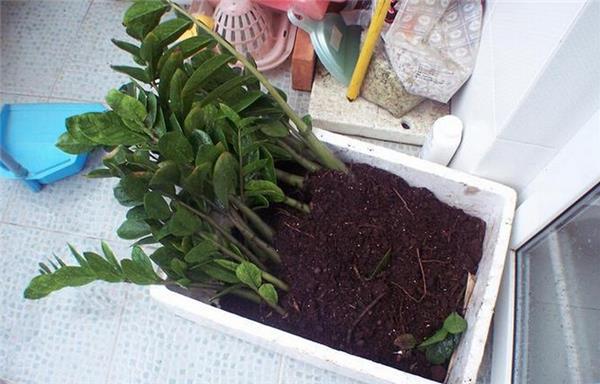
5. Points for attention in watering
The tree is more tolerant to drought and can be watered again and dry. the watering principles in different seasons are as follows: once a month in winter, once a week in spring and autumn, and once every three days in summer (spraying can also be used instead of watering, especially in winter). Each watering should not be too much water, because too much water will also affect the normal growth of the money tree, which may seriously lead to the death of the root bad tree. In addition, the aquaculture basin soil should not be too wet, it is better to be too dry, too wet soil will also cause the plant root system to rot easily.
6. prevention and control of diseases and insect pests
In the prevention and control of diseases and insect pests in the culture of Artemisia angustifolia, the daily sterilization and control of corm rot and brown spot can be used alternately with 1500 times of methyl topiramate suspension and 1000 times of Remidol. When the tree grows in a poorly ventilated and poorly lit environment, its leaves are more vulnerable to scale insects, which can be eliminated by 1000-fold spray of 20% chlorpromazine wettable powder.
As you can tell from the name, the money tree is a very auspicious plant. Indeed, the money tree is a very famous feng shui plant. What special feng shui functions does it have?
1. The money tree is on the balcony. In everyone's home, the balcony is the closest place to nature's sunshine, air and rain, and it is a place for the house to breathe, which has a very important impact on the fengshui of the whole house. And green plants can regulate anger. Generally speaking, the leaves of the money tree are round and plump, easy to grow and exuberant, absorb money from the outside world, and is very conducive to the transportation of money at home. Moreover, the money tree with thicker and greener leaves is better. Putting it on the balcony is not only conducive to the prosperous house, but also conducive to the beautiful house, pleasant mood, has a very positive impact on people's physical and mental health.
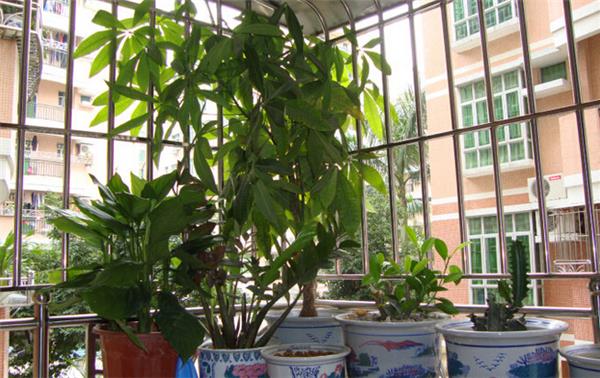
2. The money tree is placed in the house. As we all know, some plants are very suitable for putting at home, which are very helpful to both feng shui and family health. Putting a pot of rich plants in the house, such as the money tree, can help attract wealth. The living room is a place to entertain guests and friends, and put the money tree, which contains auspicious flowers and plants, which can enhance the family's wealth and attract wealth. If it can be placed in the financial position, the effect will be better, especially the money tree with big leaves, but we should be careful to plant it with soil, not with water. At the same time, it is important to replace the plant as soon as it gets sick or withered.
3. The money tree is in the office. The newly extracted pinnately compound leaves of the plant are nicknamed "dragon and Phoenix wood", which is very peculiar. Compound leaves on the oval or oval leaflets, thick texture, dark green lovely. If several plants are planted together in a delicate blue-and-white porcelain basin, it will give people a feeling of vigorous and luxuriant. It is most suitable for putting on the desk, suitable for opening and promotion, and indicates that it will bring you a lot of money. At the same time, the money tree's function of regulating moisture can also play a role in the office. Offices with air conditioners on will be healthier with several pots of money trees.
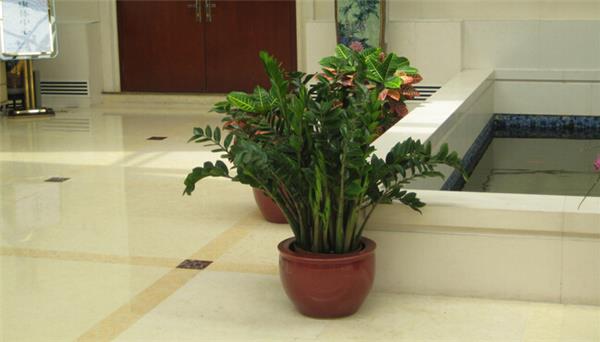
Money trees can grow up to 18 meters (59.1 feet) tall in the wild. It has shiny green palm-shaped leaves lanceolate leaflets and smooth green bark. Its showy flowers peel like a banana to reveal hairy orange stamens with long and narrow petals. Trees grow edible nuts in a very large, woody pod. So, what are the reasons and solutions for the yellowing of the leaves of the money tree?
1. Watering is too wet. Money tree leaves fleshy, can store water, so it can withstand drought, but avoid wet water, too much watering will often lead to rotten roots, resulting in yellow leaves.
2. The air is too dry. The money tree likes the humid environment, and the suitable air humidity is about 85%. If the leaves are too dry, they will cause yellow leaves.
The plant can be removed from the basin to check whether the roots are rotten. If so, it should be clear that the rotten roots and yellow leaves should be replanted with sterilized culture soil, or their bases should be buried in clean sand to keep the semi-shade and control watering, but often spray to and around the branches and leaves to re-send new roots before normal maintenance can be restored.
If the root is not rotten, the plant should be half-shaded, because there are few leaves, it is not easy to dry after watering, watering should be controlled, and foliar water is often sprayed to let it slowly return to normal growth.
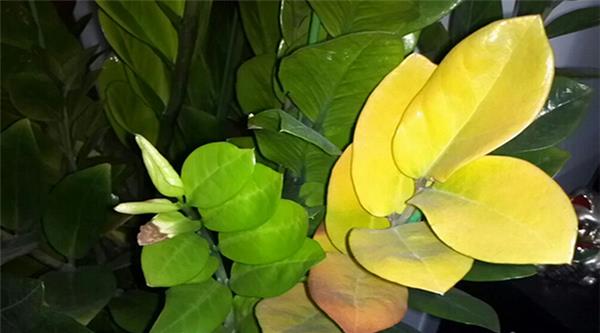
Planting such a kind of potted plant at home, can effectively absorb carbon dioxide in the air, but also has greater appreciation value, is a good choice for home potted plant! I hope this article can be helpful to everyone.

Money trees can grow up to 18 meters (59.1 feet) tall in the wild. It has shiny green palm-shaped leaves lanceolate leaflets and smooth green bark. Its showy flowers peel like a banana to reveal hairy orange stamens with long and narrow petals. Trees grow edible nuts in a very large, woody pod. So, what are the reasons and solutions for the yellowing of the leaves of the money tree?
1. Watering is too wet. Money tree leaves fleshy, can store water, so it can withstand drought, but avoid wet water, too much watering will often lead to rotten roots, resulting in yellow leaves.
2. The air is too dry. The money tree likes the humid environment, and the suitable air humidity is about 85%. If the leaves are too dry, they will cause yellow leaves.
The plant can be removed from the basin to check whether the roots are rotten. If so, it should be clear that the rotten roots and yellow leaves should be replanted with sterilized culture soil, or their bases should be buried in clean sand to keep the semi-shade and control watering, but often spray to and around the branches and leaves to re-send new roots before normal maintenance can be restored.
If the root is not rotten, the plant should be half-shaded, because there are few leaves, it is not easy to dry after watering, watering should be controlled, and foliar water is often sprayed to let it slowly return to normal growth.

Planting such a kind of potted plant at home, can effectively absorb carbon dioxide in the air, but also has greater appreciation value, is a good choice for home potted plant! I hope this article can be helpful to everyone.
Related
- Wuhan Hospital Iron Tree Blooming Result Was Instantly Frightened by the Gardener Master
- Which variety of camellia is the most fragrant and best? Which one do you like best?
- What is the small blue coat, the breeding methods and matters needing attention of the succulent plant
- Dormancy time and maintenance management of succulent plants during dormancy
- Minas succulent how to raise, Minas succulent plant pictures
- What are the varieties of winter succulent plants
- How to raise succulent plants in twelve rolls? let's take a look at some experience of breeding twelve rolls.
- Attention should be paid to water control for succulent plants during dormant period (winter and summer)
- Watering experience of twelve rolls of succulent plants
- Techniques for fertilizing succulent plants. An article will let you know how to fertilize succulent plants.



